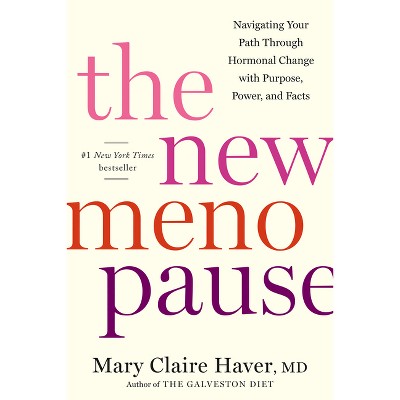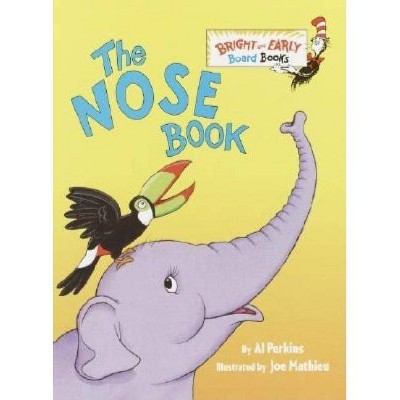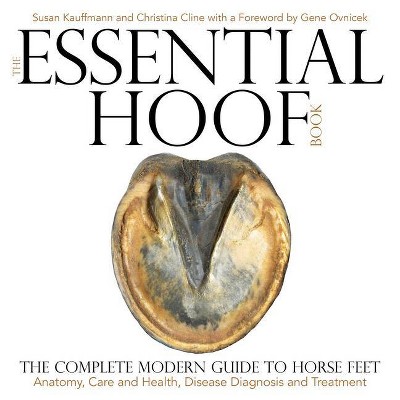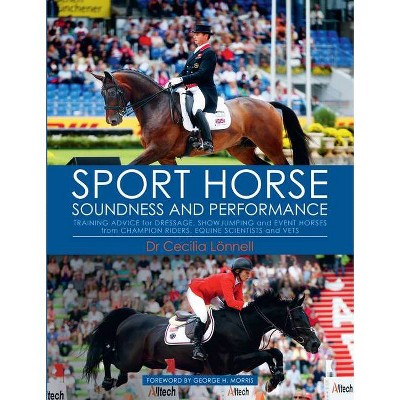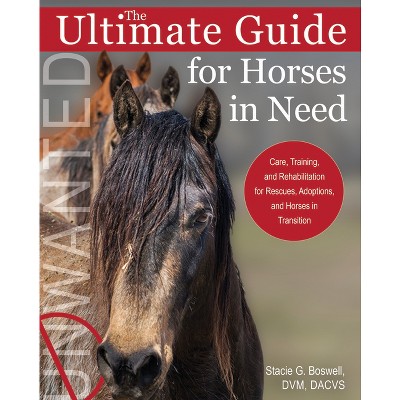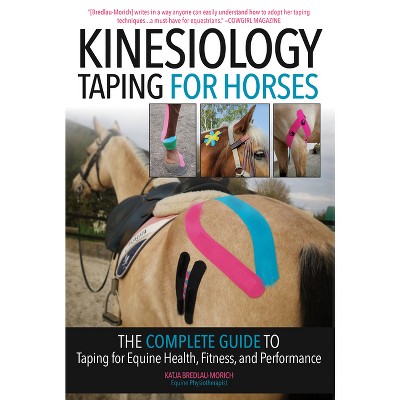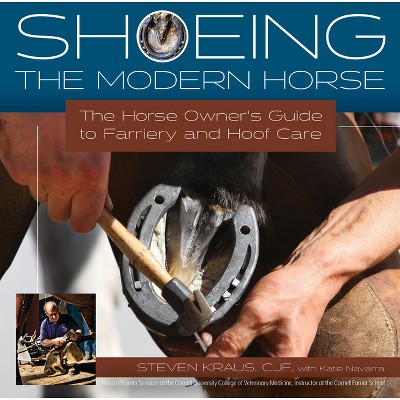About this item
Highlights
- Lameness is the most common cause of poor performance in the horse.
- About the Author: Dr. Bob Grisel began his equine veterinary training at the age of 13, when he worked for a racetrack veterinarian near his home in southern Florida.
- 264 Pages
- Medical, Veterinary Medicine
Description
Book Synopsis
Lameness is the most common cause of poor performance in the horse. This makes management of his soundness over the long–term integral to both his general well–being and his ability to participate in recreational and competitive activities.
Unfortunately, most equine caretakers are unable to perceive abnormal movement in the horse, extending the period between the onset of a problem and its eventual treatment, and the longer an issue is allowed to persist, the greater the chance that it will progress. Many equine veterinarians also find it difficult to visually decipher lameness, which leads to lengthy, expensive, and often inaccurate diagnostic work–ups. It is with these two key audiences in mind that Dr. Bob Grisel has created a book unlike any other. With hundreds of illustrations, dozens of charts, and links to online videos of explanatory case studies, readers are given a complete course in observing, identifying, and decoding equine lameness. Dr. Grisel helps you interpret what is seen, plain and simple (no need for medical knowledge of equine anatomy and pathology). Whether first–time horse owner or seasoned professional, you are guaranteed to come away with a detailed, systematic, and comprehensive method for a happier, healthier equine partner.
Review Quotes
"Combining clear descriptions with corresponding video, this book is a must-have for all horsemen seeking a strong eye for evaluating horse movement. Veterinarian G. Robert "Bob" Grisel knows that early detection comes from having savvy horse owners, which is why he put together Equine Lameness for the Layman: Tools for Prompt Recognition, Accurate Assessment, and Proactive Management. The book works as a complete, practical, at-home "course" in equine lameness valuable to the new horse owner as well as the lifelong professional.
"Easy-to-read chapters describe various kinds of equine lameness, as well as equine anatomy most often associated with them. The book also teaches how to develop a consistent method of evaluation that can help lead to a diagnosis. It includes a thorough glossary of terms in addition to hundreds of illustrations, charts and diagrams.
"The book's gold mine is its corresponding videos. More than 100 QR codes found throughout the book give readers access (through smartphone scanner apps) to videos of horses exhibiting the lamenesses and gait abnormalities described in the text. The book's solid descriptions reinforce and make clear what the videos present. For all of the veterinary correctness in its language, his book's text and videos engage learners of all kinds. From upward fixation of the patella to asymmetrical strides, it's fascinating and helpful material for any student of the horse." --Western Horseman
"No broad-brush overview, Equine Lameness for the Layman is a veterinary text sweetened with helpful illustrations and such plain-language descriptions as 'right front non-weight-bearing lameness looks as if the horse is dragging a brick with a right front pastern.'" --US Dressage Federation Connection
"Whether you're a seasoned equestrian or just bought your first horse, you will want this book on your shelf to reference the next time you think your horse is lame." --Equine Journal
"A massive amount of shared knowledge presented in a very easy to follow non-vet school manner... Love the interactive video QR codes throughout the book that provide great visual help to go along with the text. Highly recommended for any horse owner or horse health practitioner. This is a book you will use time and time again."--Catskill Horse "This unique book should be required reading for anyone who works with horses: veterinarians, blacksmiths, trainers, massage therapists, etc. It is a one-of-a-kind deconstruction of equine lameness."--EquineSeniors.com
About the Author
Dr. Bob Grisel began his equine veterinary training at the age of 13, when he worked for a racetrack veterinarian near his home in southern Florida. He quickly developed an interest in solving the many problems that affect performance horses, dedicating the next 30 years of his life to learning as much as he could about sport horse medicine and surgery. After graduating from the University of Florida's College of Veterinary Medicine with honors and receiving multiple awards for his performance in equine surgery, he moved to southern California where he received extensive training in equine surgery and radiology under the tutelage of a world- veterinary staff. Upon completing a residency in equine surgery with an emphasis on arthroscopy, Dr. Grisel was recruited by Oregon State's College of Veterinary Medicine where he spent time on the large animal teaching staff. His surgical interests focused on performance-related problems, and he developed and published many surgical techniques designed to better treat the equine athlete. Dr. Grisel was offered an equine surgical position in the Atlanta area while working the 1996 Olympic Games, and shortly after relocating to Georgia, he built The Atlanta Equine Clinic, a state-of-the-art, full-service equine diagnostic, surgical, and emergency care facility located in Braselton. In 2005, Dr. Grisel left the hospital facility to focus on equine sports medicine and has since developed a reputation for his meticulous and accurate diagnostic ability, as well as for his effective treatment strategies for performance problems in the horse. He is regularly consulted on issues concerning lameness and pre-purchase examinations worldwide (www.atlantaequine.com).Shipping details
Return details
Trending Diet, Health & Fitness Books



